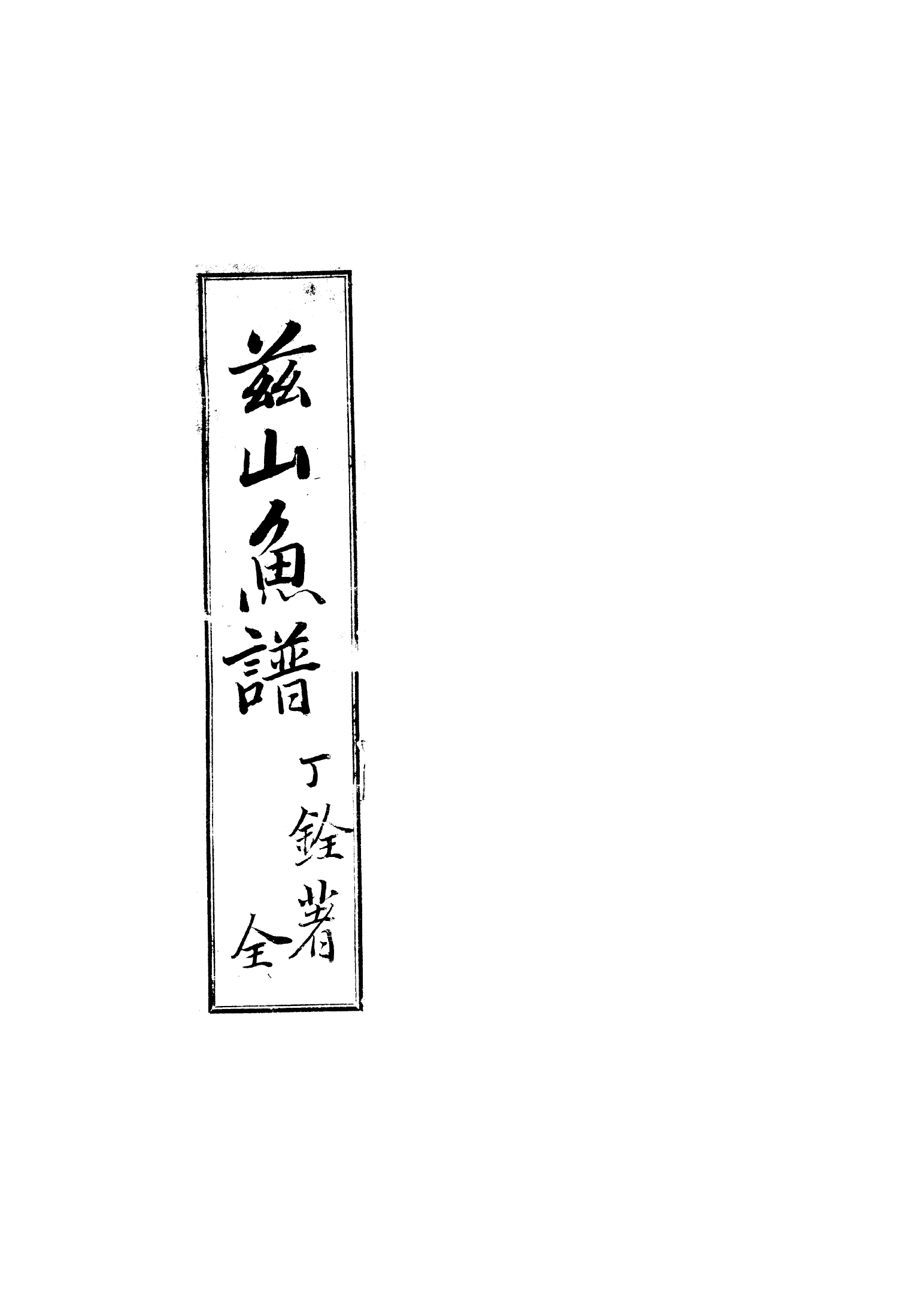한식 읽기 좋은 날
Vol 25. Jukkumi - Chungcheong
Korean foods in history
A spoonful of rice grains, Jukkumi
Hansik glossary
Jukkumi - Webfoot Octopus
Nakji - Octopus
Muneo - Octopus
Compared with the fact that squid, nakji(octopus), muneo(octopus) belonging to the cephalopod appears in old literature in detail, the jukkumi(webfoot octopus) called juneo 蹲魚 or mangjoeo 望潮漁 in Chosun dynasty is mentioned relatively less frequently.
In <Jasaneobo(Jasan fish atlas)> as the first encyclopedia of marine life in our country, jukkumi is described only in two brief sentences on its size and shape. In <Nanho Eomokji> and <Jeoneoji> counted as 3 key fish atlases of our country together with <Jasaneobo>, a little more detailed description is given, where the mention of “It is filled with grains like steamed rice when fished and boiled in spring.” is impressive.
At the time when foods were not abundant, jukkumi was a famine relief food for the people residing in west coast, and has recently become people’ favorite ingredient while being called ‘jukkumi for spring, nakji for autumn’. Although not mentioned frequently in history, wouldn’t those having tasted the delectable roe filling up the body of jukkumi say “Let’s eat a spoonful of rice grains now that spring has come” in both past and present times?
Jasaneobo (Jasan fish atlas / 玆山魚譜), 1814
Authored by
Jeong Yakjeon, Lee Cheong in Chosun dynasty
Juneo 蹲魚 [Genus name of Jukgeumeo 竹今魚]
Its size does not exceed 0.4~0.5 Korean foot. While its shape is similar to that of eel, its legs are short, accounting for only half of the body length.
*In possession by National Central Library

Nanho Eomokilji 蘭湖 漁牧志, 1820
Authored by
Seo Yugu in Chosun dynasty
Mangjoeo 望潮漁 [Jukgeuni]
Its shape resembles that of muneo with a smaller size. The body is 1.3~2.6 inches in length with legs being twice as long. When fished and boiled in early spring, there is white flesh inside the head, which is filled with grains like steamed rice. Thus Japanese people called the Mangjoeo as Banso(飯鮹, いひだこ). After March, it is said that the flesh thin down with disappearance of roe.
In addition, there are two types one of which lives inside the clam shell being called Paeso, while the other one is similar to Mangjoeo in a smaller size with the head resembling sparrow egg. Since it becomes like a spider when dried, being called Jijuso 踟蛛鮹. In <Wuhang Japnok>, it is said “Mangjo is also called Dohee 塗蟢”, appearing to indicate Jijuso.
*In possession by National Central Library

Editorial Dept.










